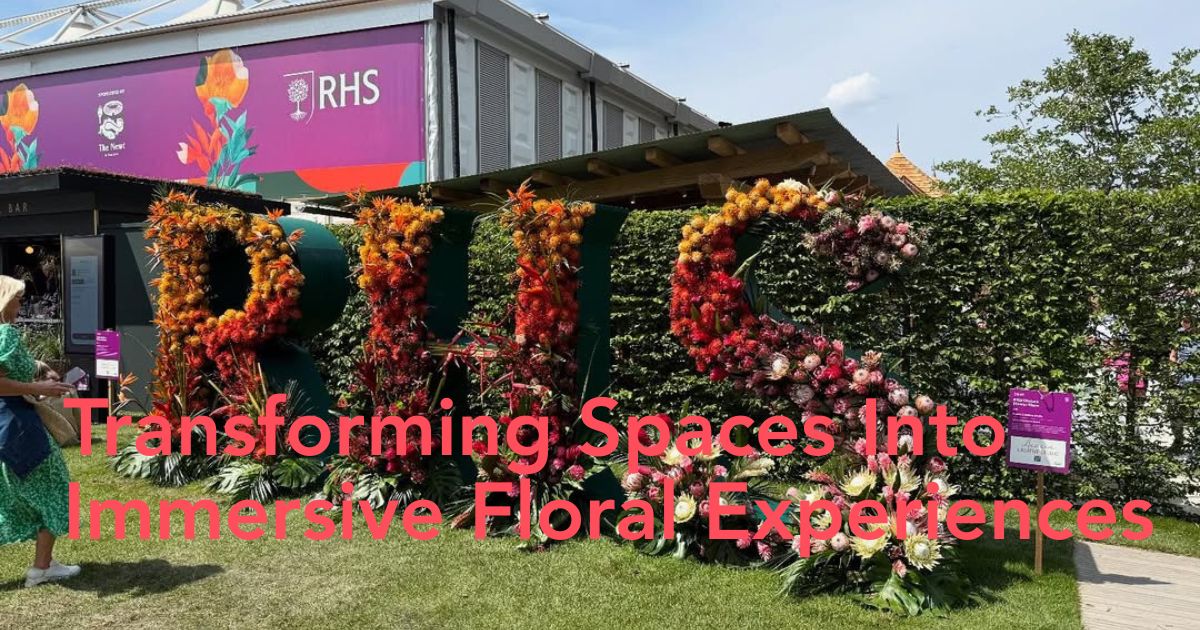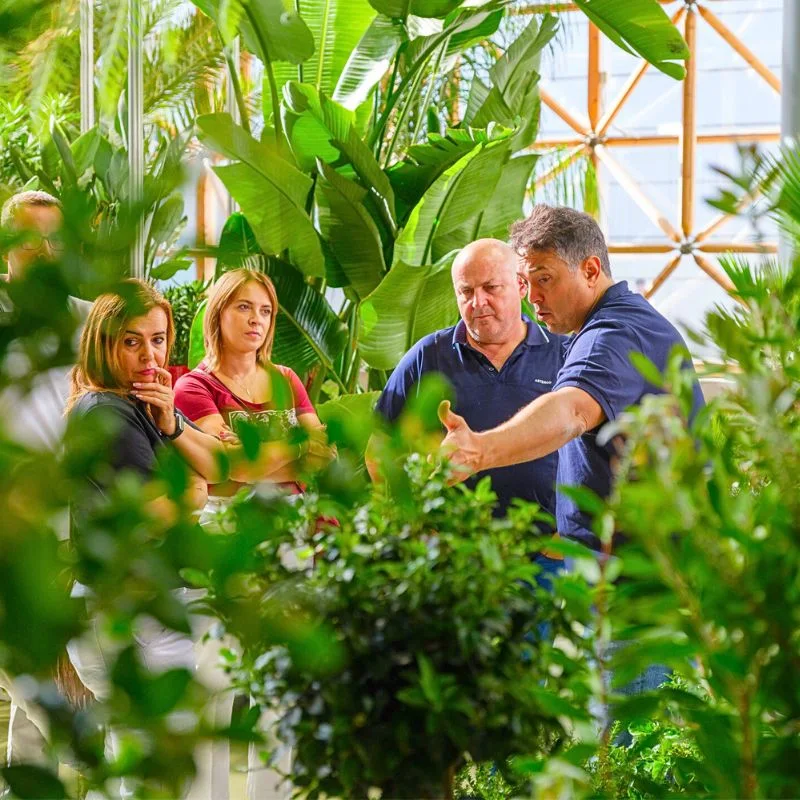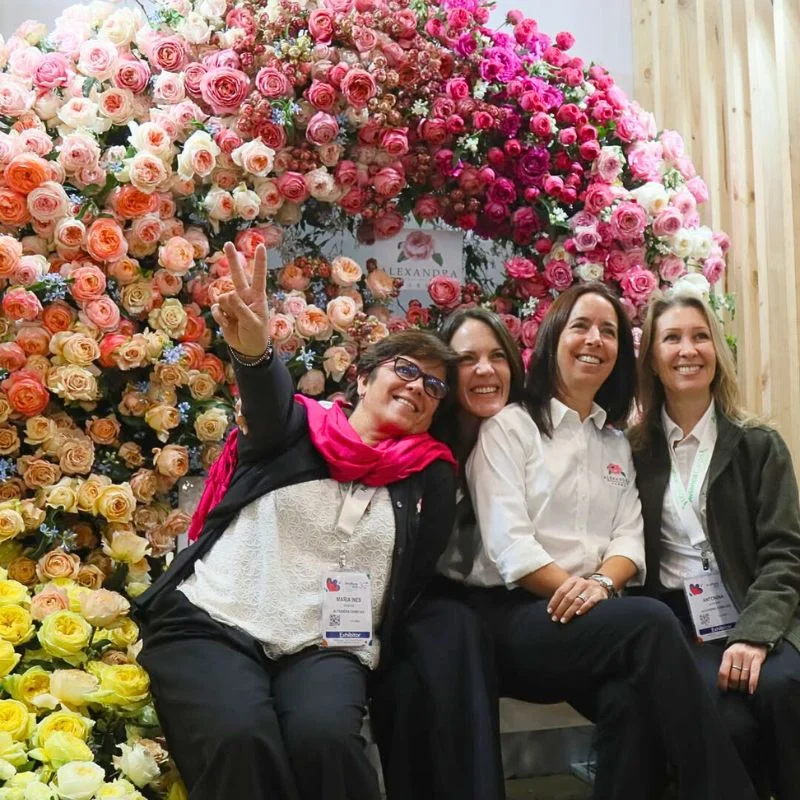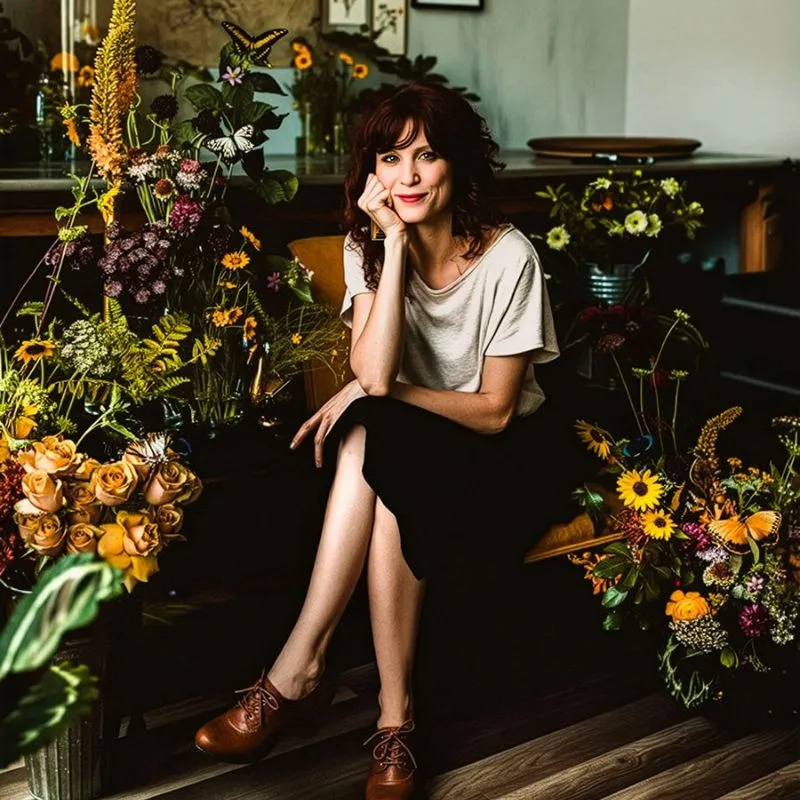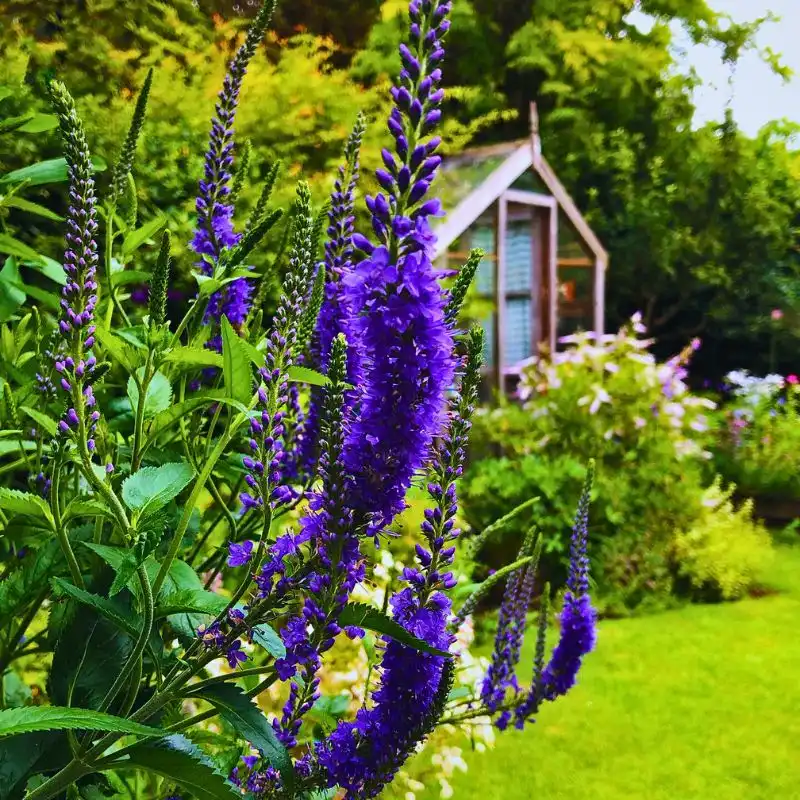More Than Flowers, More Than Design
From the Chelsea Flower Show to international garden expos, breathtaking floral installations often steal the spotlight. But behind every award-winning display lies an essential element of design that’s easy to overlook: the landscape itself.
Before the first bloom appears, the ground is shaped, leveled, and prepared. Elevations are mapped, drainage is planned, soil is conditioned, and paths are plotted. These early steps ensure that creative floral work has the structure it needs to succeed.
This article explores key landscaping strategies that help turn empty venues into immersive floral experiences. From sculpting terrain to refining grading techniques, these behind-the-scenes practices quietly support the most stunning displays. Here you can read more about How Landscaping Affects Property Value

Elevation Adds Drama
Visual depth can transform a flat layout into something captivating. Designers often use mounds, berms, terraces, or platforms to introduce variation in height and direct the viewer’s eye.
Tall floral sculptures placed above a pathway, cascading arrangements on a slope, or multi-tiered plantings all contribute to a layered visual experience. Changes in elevation allow visitors to view installations from multiple angles, adding interest and sophistication to the display.
This sculptural use of land creates rhythm and perspective, helping floral elements stand out in both structured and natural settings.
Drainage Is a Design Decision
Drainage isn’t just about avoiding puddles — it’s essential to preserving the health of blooms and the integrity of walkways. Poor water management can lead to wilted flowers, muddy paths, and unstable staging areas.
Grading the site to redirect water away from installations helps keep everything clean and dry. Even temporary setups benefit from basic drainage systems like gravel layers, perforated pipes, or sloped surfaces.
For visitors, this means a better experience: clean paths, safe footing, and fewer disruptions. Effective drainage supports both the visual and practical success of a show.
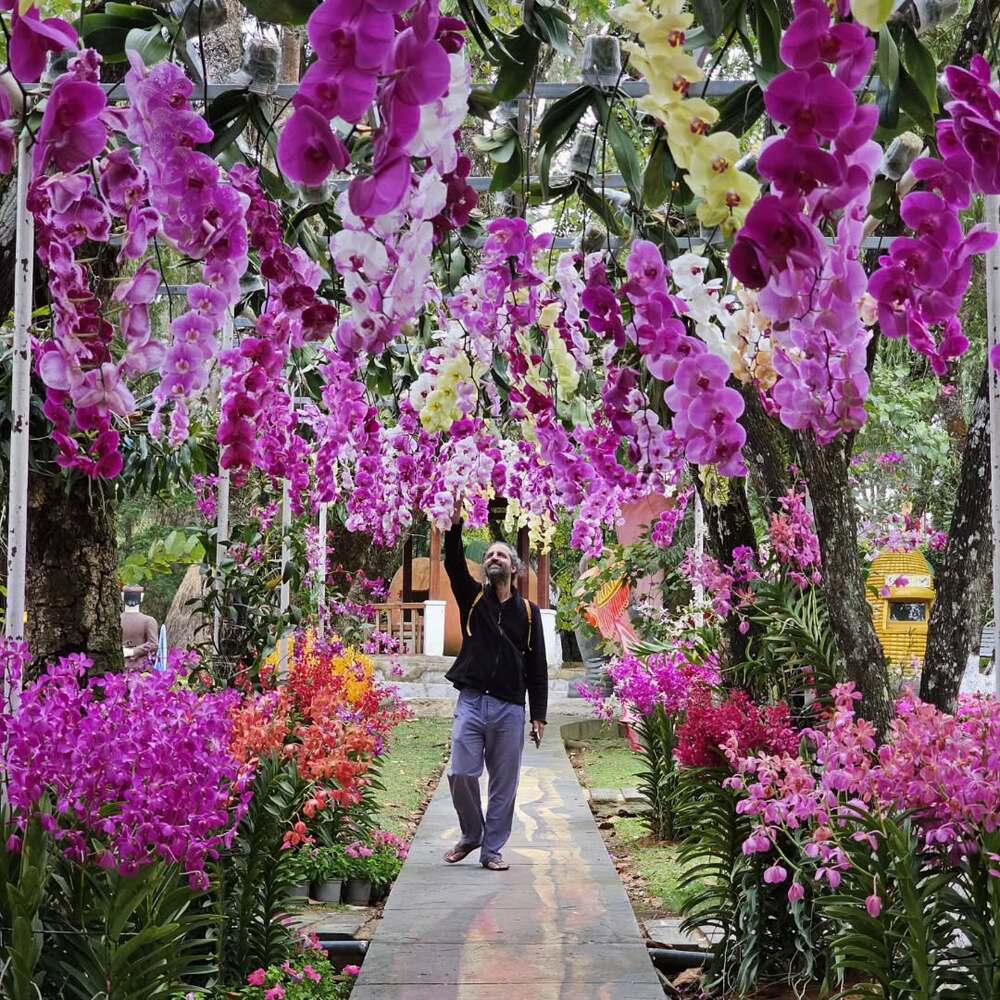
Pathways Shape the Narrative
The layout of a flower show often follows a designed path that guides how the viewer experiences the space. Whether it’s a winding gravel trail or a straight, formal walkway, each route is designed to set pace, direction, and focus.
Material choice also affects the atmosphere. Crushed stone, bark mulch, wood decking, or turf all carry different aesthetic and sensory qualities. A mulch path through wildflowers feels playful, while stone pavers lend a sense of structure and elegance.
The result is a controlled flow through the landscape that enhances storytelling and highlights the design’s focal points.
Framing the View With Foliage and Ground Cover
Floral installations gain much of their strength from what surrounds them. Designers often rely on layers of foliage and ground cover to shape the viewing experience, softening transitions and ensuring the space feels complete.
Low-growing plants connect pathways to larger displays, while taller greenery can subtly direct attention to focal points. These supporting layers don’t compete with the flowers but enhance them, creating rhythm and balance across the landscape.
The influence of plants as framing elements extends far beyond garden design. In many creative disciplines, botanicals are used not just for decoration but to affect mood, perception, and even personal well-being. The same idea applies in flower shows: foliage and ground-level planting form the background architecture, giving structure to the more delicate, eye-catching blooms.

Leveling for Installations
Freestanding structures such as floral arches, trellises, or large-scale planters rely on a stable, level surface to appear balanced and remain safe. Even small variations in the ground can distort how an arrangement looks, compromise symmetry, or put delicate features at risk.
To prevent this, show planners often begin by grading the terrain, smoothing uneven areas so that installations rest on secure foundations. This step is especially critical in temporary showgrounds, where event spaces are built from scratch and must be completed in a short timeframe.
Grading is more than a technical fix; it’s part of the design process. It ensures that structures align with the surrounding landscape and that the overall composition feels intentional. Resources such as Garden Design highlight how these foundational techniques support both functionality and aesthetics, principles that apply as much to flower shows as to permanent gardens.
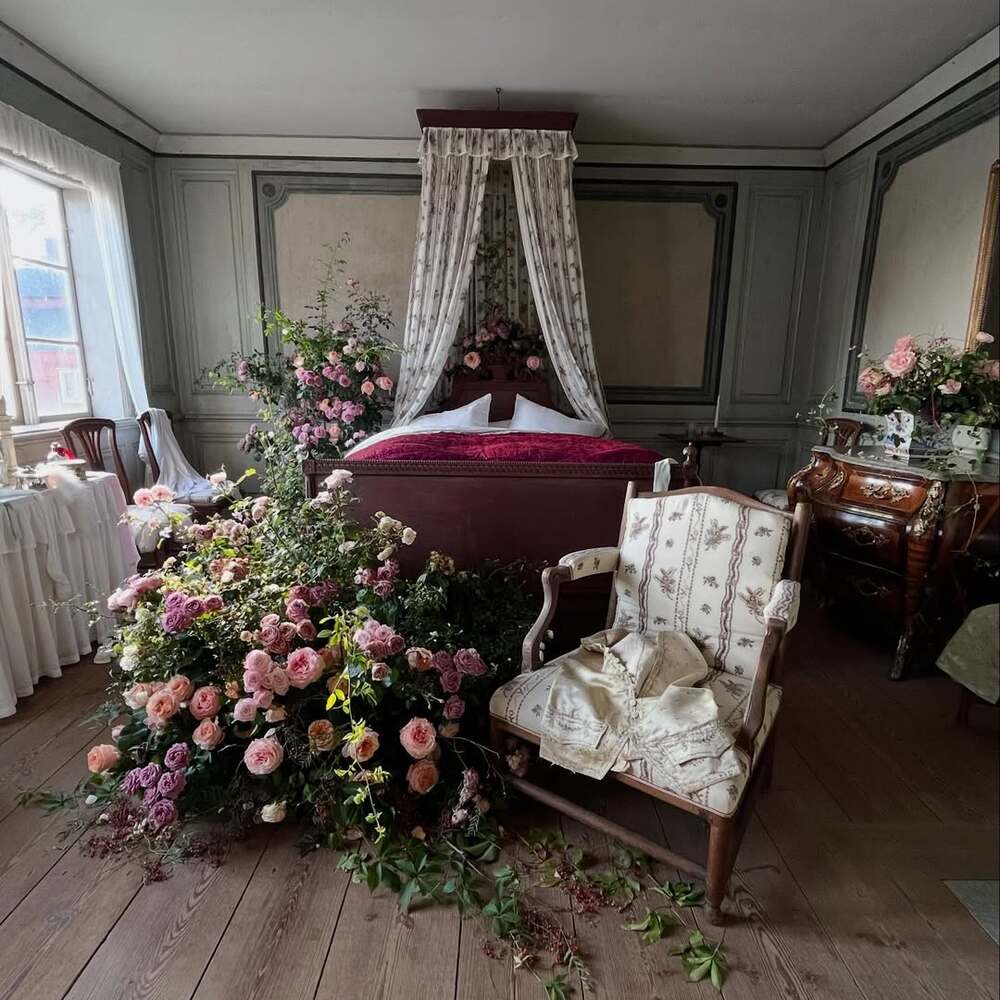
Temporary Meets Permanent
The most memorable flower shows often succeed because they blend temporary floral installations with the existing landscape. This balance creates a seamless environment where nothing feels out of place.
A floral tunnel might wind through mature trees, or a bed of showy annuals might complement an established perennial border. When done well, this integration makes it hard to distinguish between what’s built for the event and what’s always been there.
Achieving this requires careful planning around terrain, color, and plant selection to ensure that each new feature enhances rather than disrupts the space.
Soil Preparation as a Creative Layer
Soil isn’t just a technical consideration — it plays a direct role in the appearance and longevity of every bloom. Each plant has specific requirements for drainage, nutrition, and pH. Preparing the right soil blend ensures that flowers thrive and colors remain vibrant throughout the event.
In some cases, the soil’s surface becomes part of the design itself, sculpted into contours or decorated with mulch and stone. These additions enhance texture and tie different areas of the display together.
With proper soil preparation, both beauty and plant health are supported from below.

The Tools That Make It Possible
Creating the ideal foundation for a flower show often involves more than hand tools and shovels. Large-scale installations may require ground leveling, trenching for drainage, or clearing uneven areas — tasks best handled with efficient machinery.
One such tool is the skid steer grader attachment, which helps landscaping crews quickly create smooth, even surfaces before any planting begins. This ensures a stable base for walkways, structures, and high-traffic areas without disrupting the visual flow of the space.
Equipment like this works behind the scenes, but its contribution is essential to the success of the final result.

